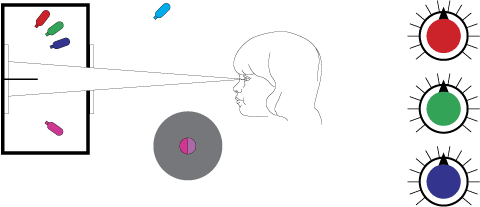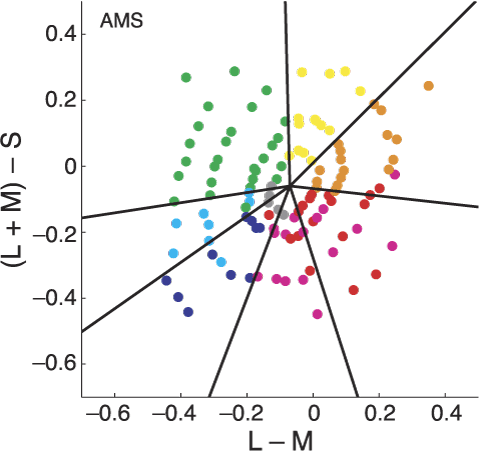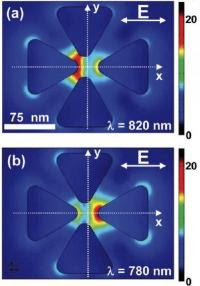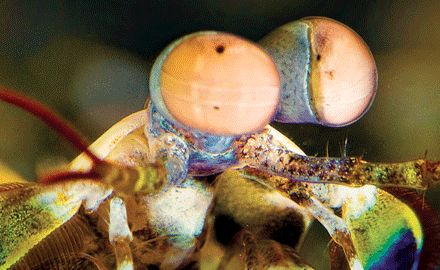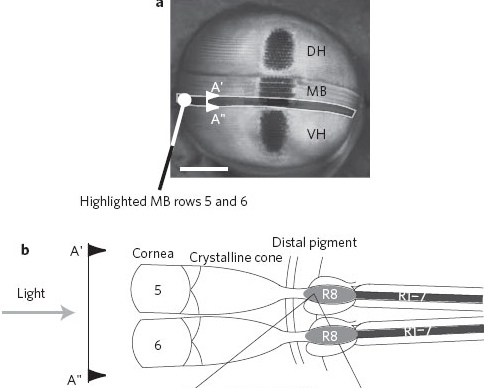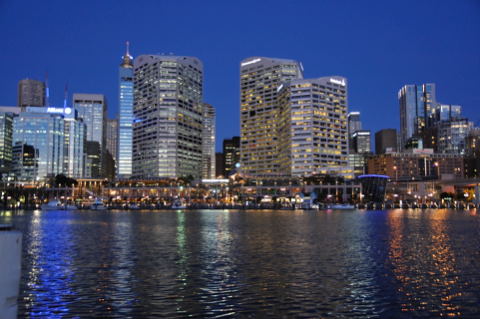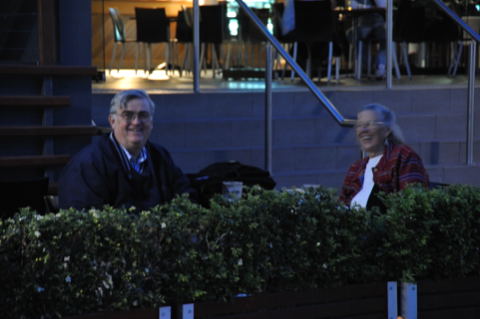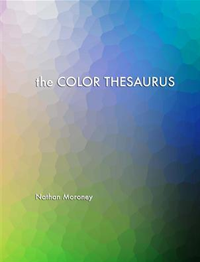Conferences are an opportunity to seek clarifications on facts and methods one does not understand well. For example, in my work I do not scale with semantic differentials, so I never looked into some of its subtleties, like the polarity of the scales.
In her proposal for the new AIC study group on the language of color, Lucia Ronchi wrote that the use of the semantic differential (SD) is necessary to compare the application of language and linguistics in the evaluation of the quality of color planned spaces and the prediction of color planning at the site of design.
In this statistical method for estimating people's reactions to stimulus words, one usually proceeds in three steps:
- Rank the factors relevant to an experience
- Rank the attributes for the most relevant factor(s)
- Combine the attributes with their antonyms to create semantic differential scales
The scales are then used to gather the data from the observers. A semantic differential scale typically looks like this:

This SD is called bipolar because the two extremes are antonyms and the scale is like a line. A unipolar SD is like a half-line or ray starting in this case from good:

where the number indicates the relative strength of the attribute.
I do not know the subtleties of unipolar vs. bipolar SD, but it seems obvious that they cannot be mixed in an experiment. Yet, in papers by Japanese authors, one can easily see them mixed. What is going on?
The AIC conference in Sydney was a good place to find out, because the over 320 delegates came from many different cultures, with the Japanese delegation 40 members strong.
In the Japanese culture, when feelings are be involved, you cannot use a negative attribute. Instead there has to be wiggling room for hesitation, uncertainty, and doubt:

More precisely, in the case of persons and feelings, the 1-dimensional line is not a good model at all. Instead, a Venn diagram is a better representation of socially acceptable discourse:

While there can be a well defined round judgment for a positive term, the antonym has to be broad and fuzzy, so one can hesitate, deflect, and nudge the discourse. The easiest way to accomplish that is to use a unipolar SD.
Hence, if you are estimating an abstract SD, your bipolar scale can extend from good (良い、いい、ii) to bad (悪い、わるい、warui). However, if the SD can pertain to feelings, like for example if you would want to rate this post, you have to use a unipolar scale from good (良い、いい、ii) to non-good (良いない、よくない、yokunai).
My conclusion is, that if you are doing a Western study, you can use bipolar SD, but if you are doing an Eastern study, then for consistency all your SD should be unipolar, so you do not have to worry about feelings.
The difficulty when publishing an Eastern study in a Western language is that to Westerners good and non-good are clear antonyms, while ii and yokunai are not, except they speak Japanese and know about the -nai form. Therefore, it is better to leave out romanizations from papers because they confuse the reader (or the author, as it has happened).





